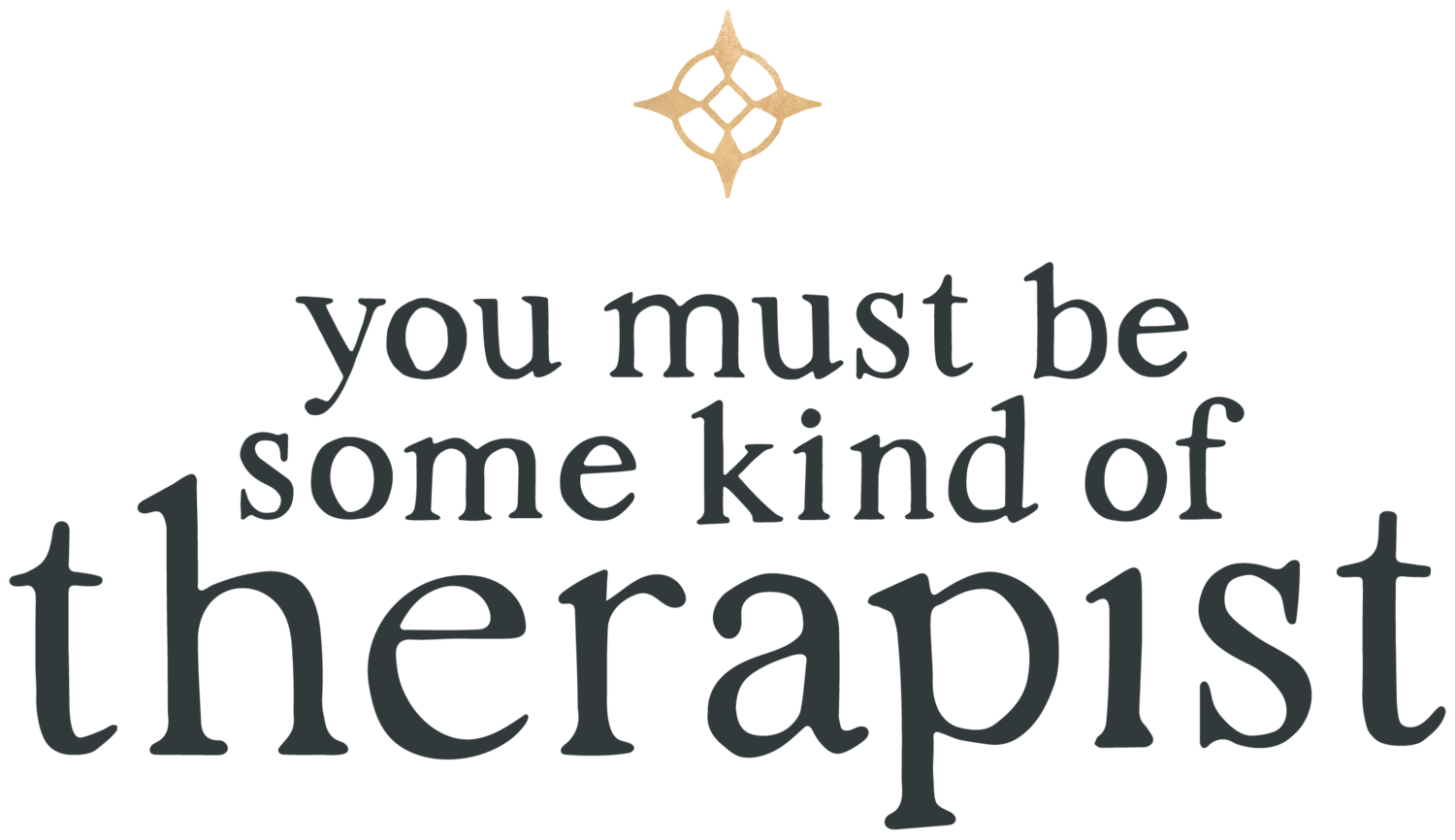ROGD Awareness Day: Welcoming Home the Girly-Girls
In honor of ROGD Awareness Day, let’s discuss the unique needs of certain subsets of vulnerable people who have gotten swept up in the craze.
It’s true that gender ideology disproportionately impacts several populations:
young (under 30)
female (80% girls to 20% boys)
gay, lesbian, bisexual or questioning
history of trauma, especially sexual, or concerning attachment to parents/family (abandonment, foster care, adoption)
mental health comorbidities, especially autism, OCD, ADHD, anxiety and depression
However, as the ideology has grown more vicious and engulfing over the past few years, it has broadened its reach, sweeping up ever more people into it, including:
younger children, such as pre-pubescent 9 & 10 year olds calling themselves “pansexual,” for whom this stuff would have never crossed their minds had it not been introduced by schoolteachers & cartoons
middle aged adults, especially lesbians calling themselves queer instead of lesbian, & porn-sick men turning toward AGP fetishes as the new mid-life crisis (bye-bye, sportscars?)
adolescents & young adults who are actually quite typical for their sex, eg: heterosexual girls who were girly-girls until mere months prior to their trans-identification; boys who like girls, sports & video games
high-functioning teens going through ordinary life challenges: parental conflict or divorce; a best friend moving away; the loss of a pet or grandparent… almost any stressful situation can precipitate a coming-out-as-trans event
girls with sadly commonplace body image issues (thanks, porn & Instagram), who feel objectified and/or inadequate, who would’ve been anorexic or bulemic two decades ago (or maybe they have comorbid eating disorders too), who turn toward “being a boy” as an escape from the male gaze & pressure to achieve an impossible standard of female beauty
liars, cheaters & scoundrels; aggressive men of despicable character who’ve realized that identifying as a woman is the easiest way to gain access to our spaces & win sports competition money
Let’s direct our focus for a moment toward the “girly-girl” mentioned above.
Some of us who have been watching this issue closely, keeping our finger on the pulse via social media, have been witnessing this trend: a growing number of quite-young women, sometimes even minors under 18, are coming out as detransitioning or desisting, who are straight, and quite feminine, or female-typical, by nature (although medicalization may have impacted this). During their time identifying as a boy, however brief that phase may have been, they attempted to adopt a male persona, mannerisms, & style of dress, rejecting their naturally feminine interests, aesthetics, & disposition. However, ultimately that felt wrong to them. Perhaps they realized that the “boy” persona was a shield they used to hide and protect what felt vulnerable about being a young woman. Many of these girls are now attempting to get back in touch with their femininity, and are drawn to styles of dress and grooming that reflect that. Some are even drawn toward more traditionally conservative gender roles and cultural norms, taking refuge in, say, Catholicism, “tradwife” trends, conservative but feminine fashions of antiquity, or the idea of waiting until marriage for sex.
Among feminine girls who medicalized, many report, ironically (and tragically), a whole new experience of “gender dysphoria” with their masculinized features. They feel an incongruence between the femaleness they now know is their inescapable nature, and the deepened voice, facial hair, receding hairline, or flat chest they now must live with for the rest of their lives — or attempt to alter at great expense, through yet more invasive procedures, only to achieve less-than-satisfactory results (breast implants can never replace the function of the breast tissue that was removed).
How can we support these girls?
For one, I suggest a cautious and nuanced approach when discussing the issue of trans-identification in youth overall, making sure we aren’t leaving these girls out of the picture. To return to the sentiments expressed at the beginning: while gay & gender-atypical youth are disproportionately affected, they don’t comprise the entire ROGD population.
Furthermore, when engaging in the “dress however you want, love whoever you want…” liberal GC narrative, we should be equally cautious not to phrase this in a leading way, which subtly implies that someone drawn into the cult of gender ideology would necessarily find their own true “gender expression” somewhere outside of the norm had the cult never groomed them. We should not assume that just because a girl identifies as a boy at age 15 in 2023, that it means she will grow up to be lesbian or bisexual, or will ultimately find comfort in presenting in a more “masculine” or androgynous way. It’s fully possible that she is a straight, feminine girl who feels inadequate and self-conscious as such, and is temporarily seeking refuge in a righteous victim class that she ultimately has little common ground with. So, how can we be values-neutral in our language? ROGD parents should be open to all possibilities as to where their children may ultimately land as identity stabilizes mid-20’s (fingers crossed identity does eventually stabilize; lack thereof gives way to personality disorder formation). Trust your instincts and rely on what you know about your daughter. Make it safe to come home to herself, whoever she may ultimately be.
Are you an ROGD parent looking for resources? Check out my bookshop. The second section, immediately following the collection of books written by guests on my podcast, contains a reading list just for you! When you purchase your books through the Amazon affiliate links in my shop, I receive a small commission. Thank you for supporting my work!

